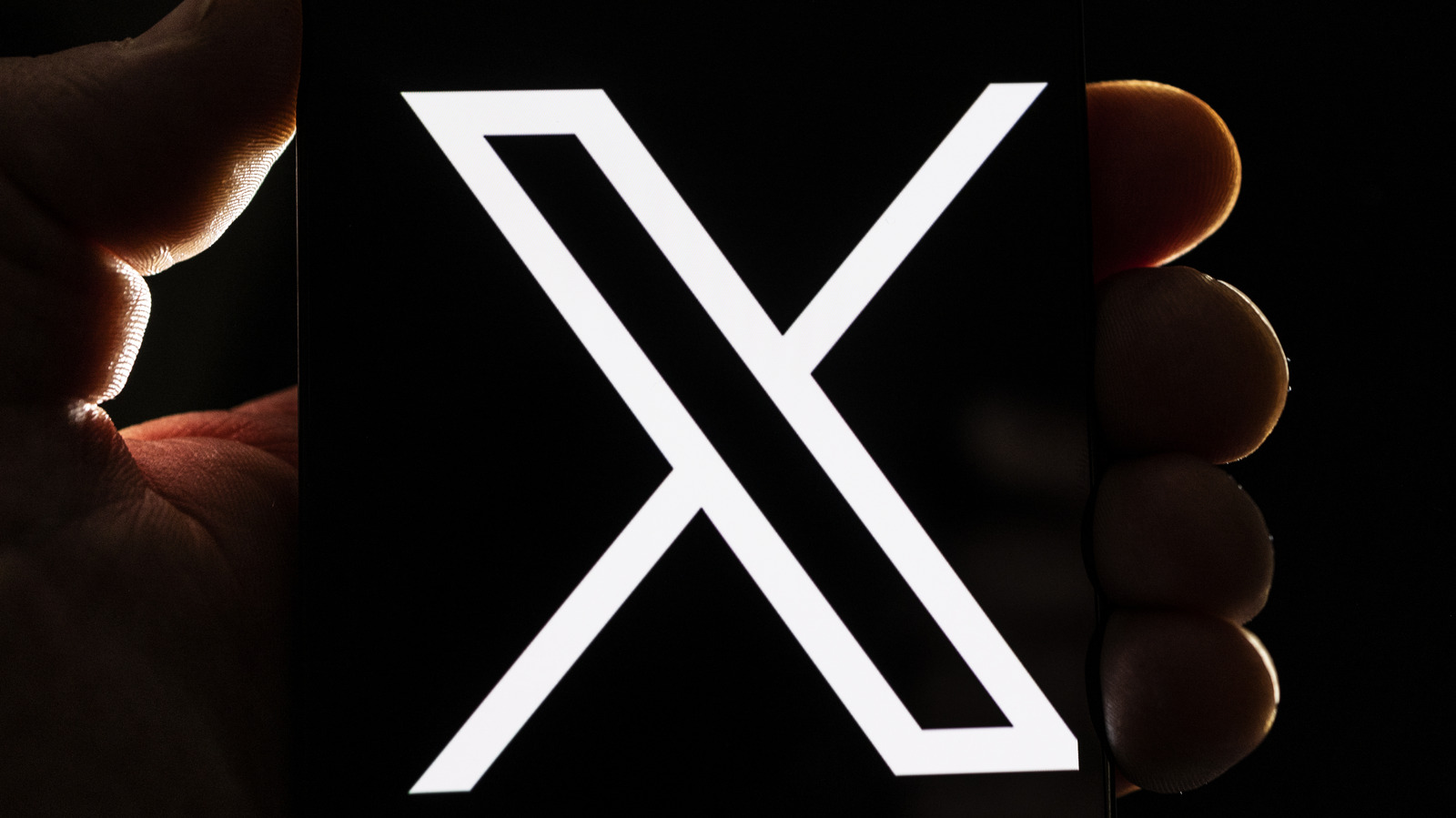
Even in his 20s, when Musk was working in the Canadian financial world, he looked to take big swings and make money by disrupting the system. He co-founded X.com, an FDIC-insured online bank, which was still a novel idea at the time.
By operating digitally, as well as instituting ideas that traditional brick-and-mortar institutions avoided, Musk envisioned X.com as the future of banking. Soon after, the company merged with a competitor — Peter Thiel’s Confinity — and became PayPal. PayPal was then acquired by eBay in 2002 for $1.5 billion, and Musk moved on to other ventures.
Musk’s time with X.com was short-lived, but he earned plenty of detractors. There was a lot of pushback from the company against Musk’s strong desire to keep the name “X” over the new “PayPal” branding. Investors also didn’t love some of his high-risk, disruptive ideas, which were less suited for a major financial company than in the tech world.
Customers were also unhappy with services as Musk instituted restrictions to save money, like a $1000 lifetime spending limit for PayPal users. Additionally, employees complained of harsh working conditions and toxic behavior by Musk, and eventually forced him out as CEO.
If you’ve been following the goings-on at Twitter since Musk took over in 2022, then a lot of this might sound familiar. Twitter users have been unhappy with Musk’s controversial changes, and Twitter employees have complained about similarly poor working conditions, like having to sleep in the office. The latest change also echoes what happened at PayPal: Musk’s aspiration to name the company “X.”
Stay connected with us on social media platform for instant update click here to join our Twitter, & Facebook
We are now on Telegram. Click here to join our channel (@TechiUpdate) and stay updated with the latest Technology headlines.
For all the latest Automobiles News Click Here
